Complete guide to pruning
Snipping. Cutting. Chopping. Call it what you like, pruning means trimming your plant to keep it neat and tidy.
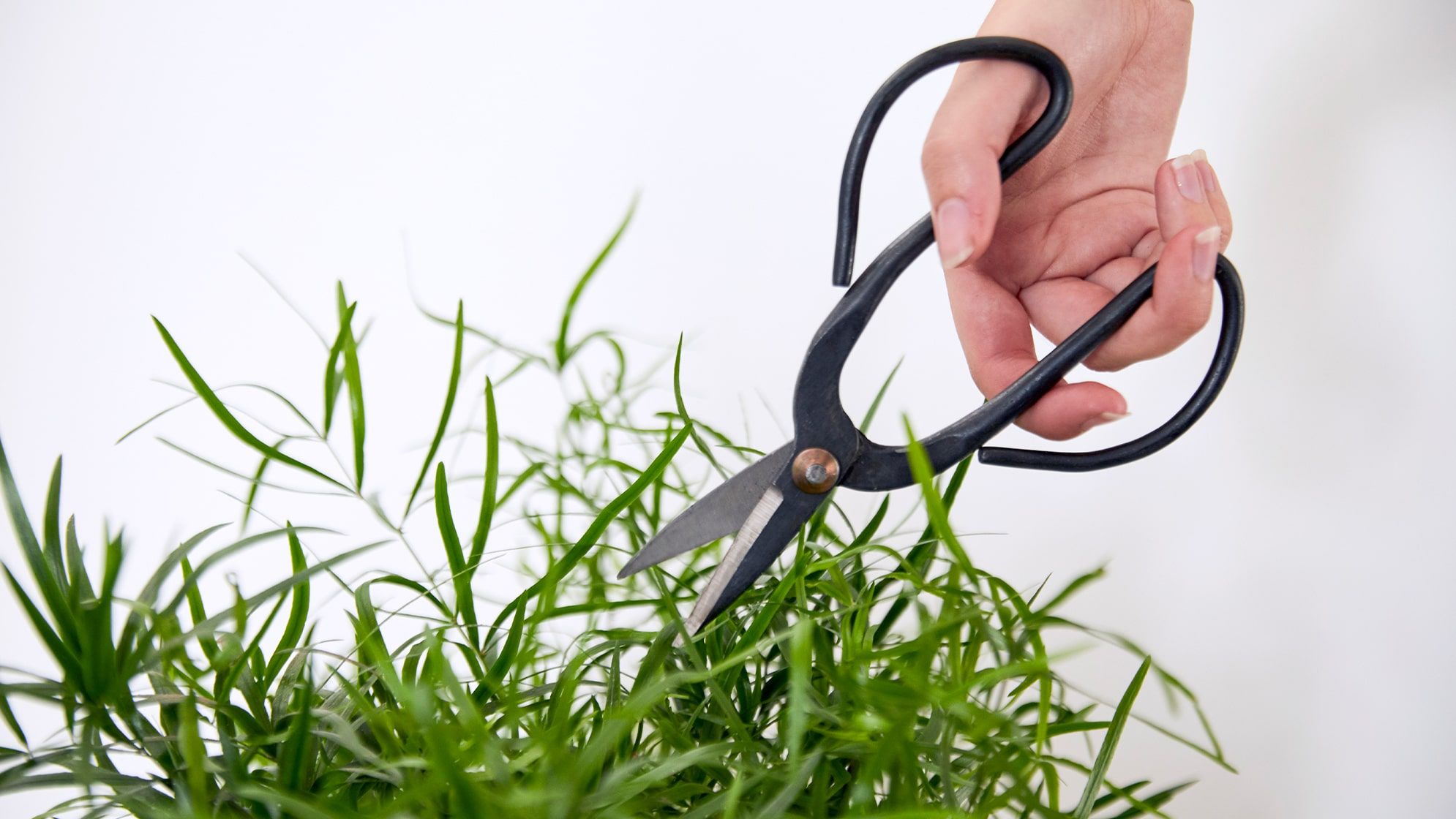
Did you know plants need haircuts too? Regularly pruning a plant makes your plant look tidier and grow more healthily.
Why should you prune your plants?
There are two main reasons to prune:
What should you use to prune?
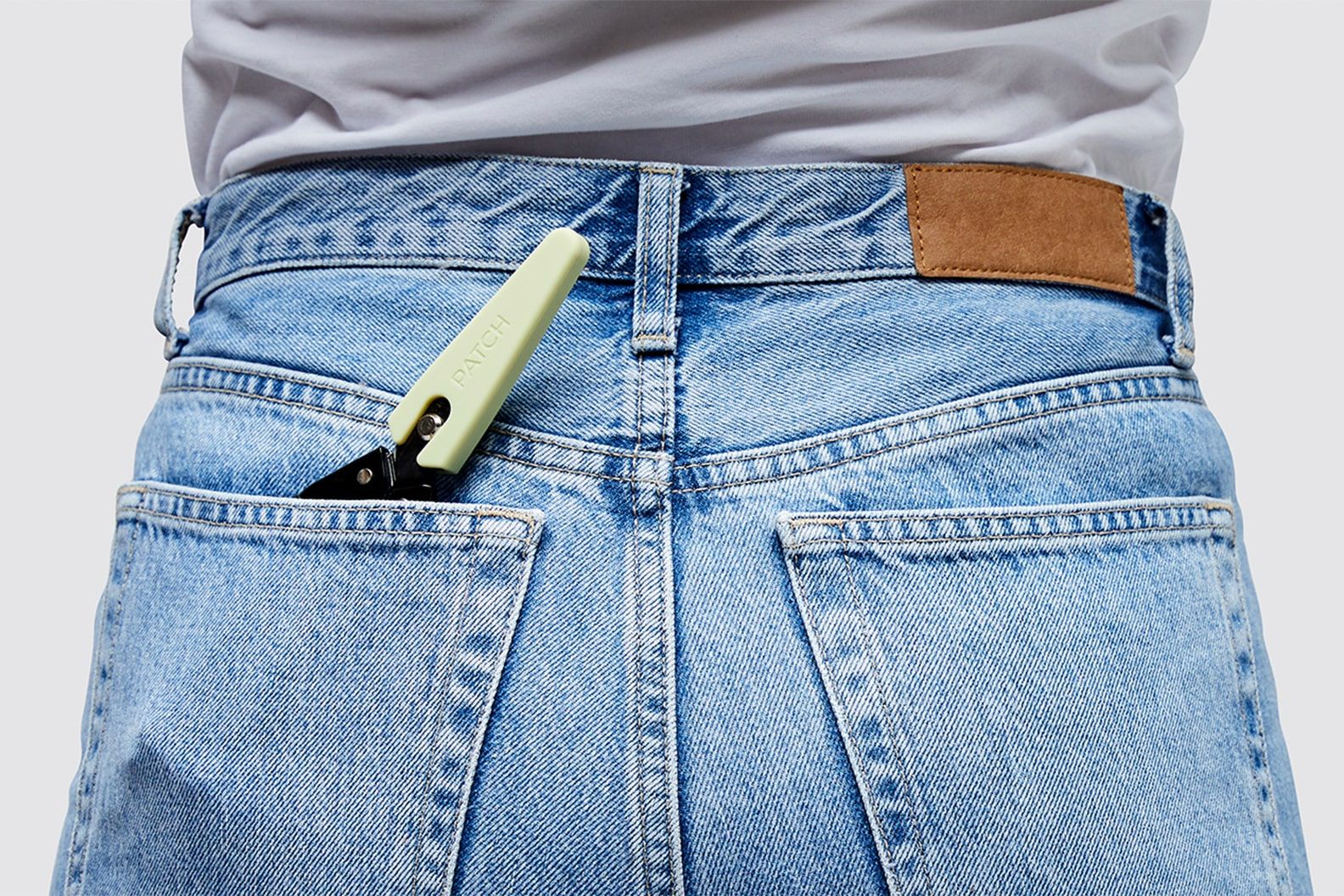
How should you prune?
Always cut back to a growth point. Take a good look at your plant and you can easily see where the growth points are. Broadly, there are three different types of plant.
- Some plants make new growth straight out of the soil, like Big Ken, Zabrina and Fleur. To prune these back, cut the stem right where it meets the soil.
- Some plants have soft stems, like Rapunzel, Wallace and Chaz. Growth points on these are where a leaf meets the main stem. Cut just after a leaf.
- Some plants have woody stems, like Vivi the lemon tree. You can cut back to either just above a point where a leaf is growing, or just above a point where a branch is growing.
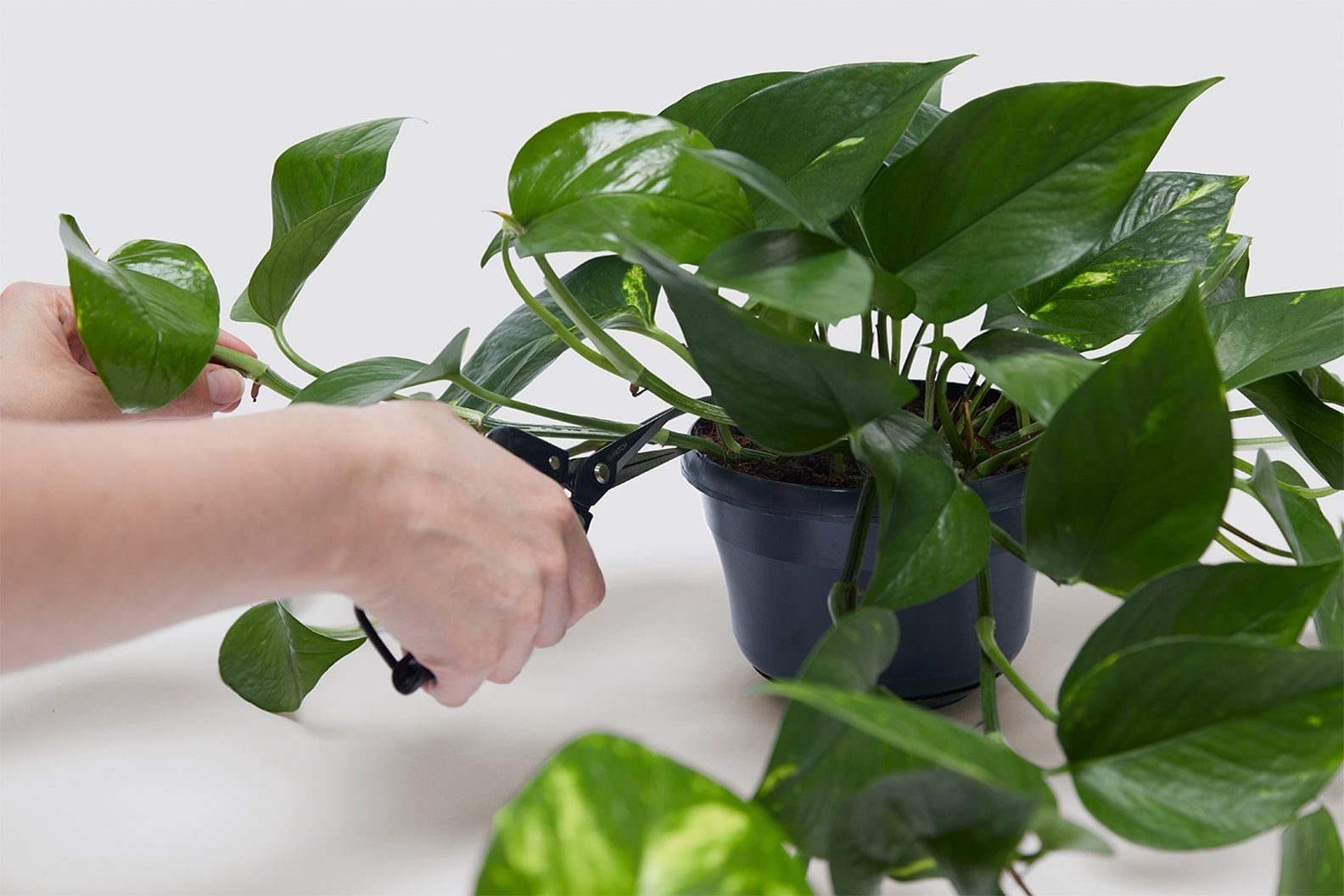
Will pruning hurt my plant?
Absolutely not. Quite the opposite. Cutting a plant back a bit helps to stimulate new growth, so your plant actually really enjoys a good prune. If you go without a haircut for a long time, you probably start to feel a bit untidy, right? It’s broadly the same with plants. They’ll be perfectly ok if left to grow wild and bushy, but they’ll be re-energised by a good trim.
When should I prune?
That depends on the plant. For outdoor plants, the general rule is that plants should be trimmed at the very end of winter or the beginning of the growing season (spring and summer). That will mean you’re giving them a haircut just as they’re preparing for some vigorous growth. You shouldn’t prune a plant when it’s flowering.
For indoor plants, you can be a bit looser with timing, because they’re not exposed to severe changes in the seasons. Trim them lightly whenever you like, just to neaten them up.
If your plant is woody, like Fidel the fiddle leaf fig or Melika the rubber plant, you can prune them year round to remove dead leaves or branches. That will cause them no harm, but save any big trims for spring.
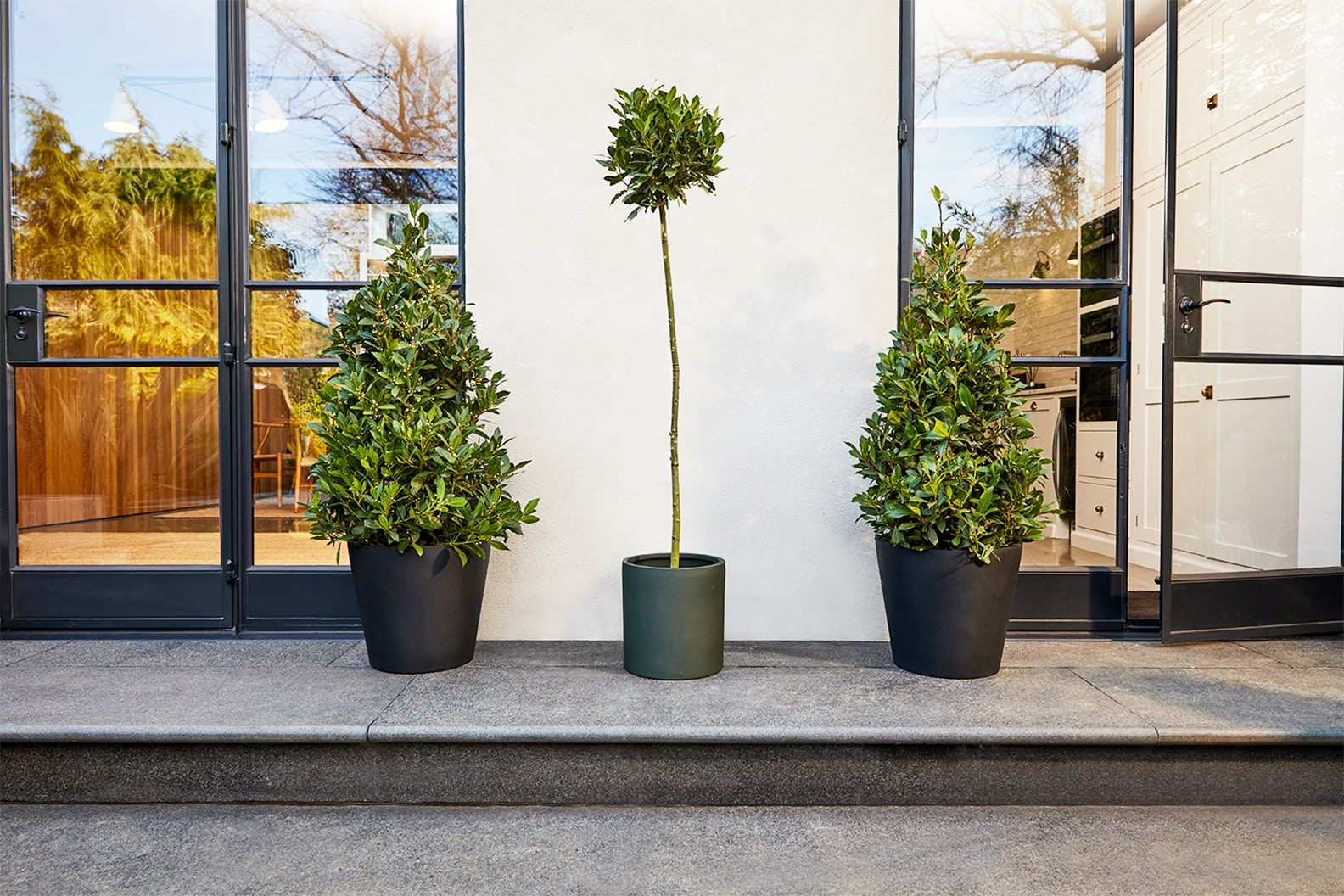
What happens if you don’t prune?
Your plant won’t die if you don’t prune it, but it will eventually look very untidy. For outdoor flowering plants, they may become ‘leggy’, meaning they develop very long stems and few flowers. Follow the advice on your plant’s page to find out how best to prune it.
Do all plants need pruning?
No. There are many that will never need it. Cacti and snake plants are just two examples of plants that can be left to grow as they please.
Congratulations, you’re now an expert on pruning! You made the cut.
In this article
Rewild your inbox
Plant tips. Special offers. No spam.
You might like
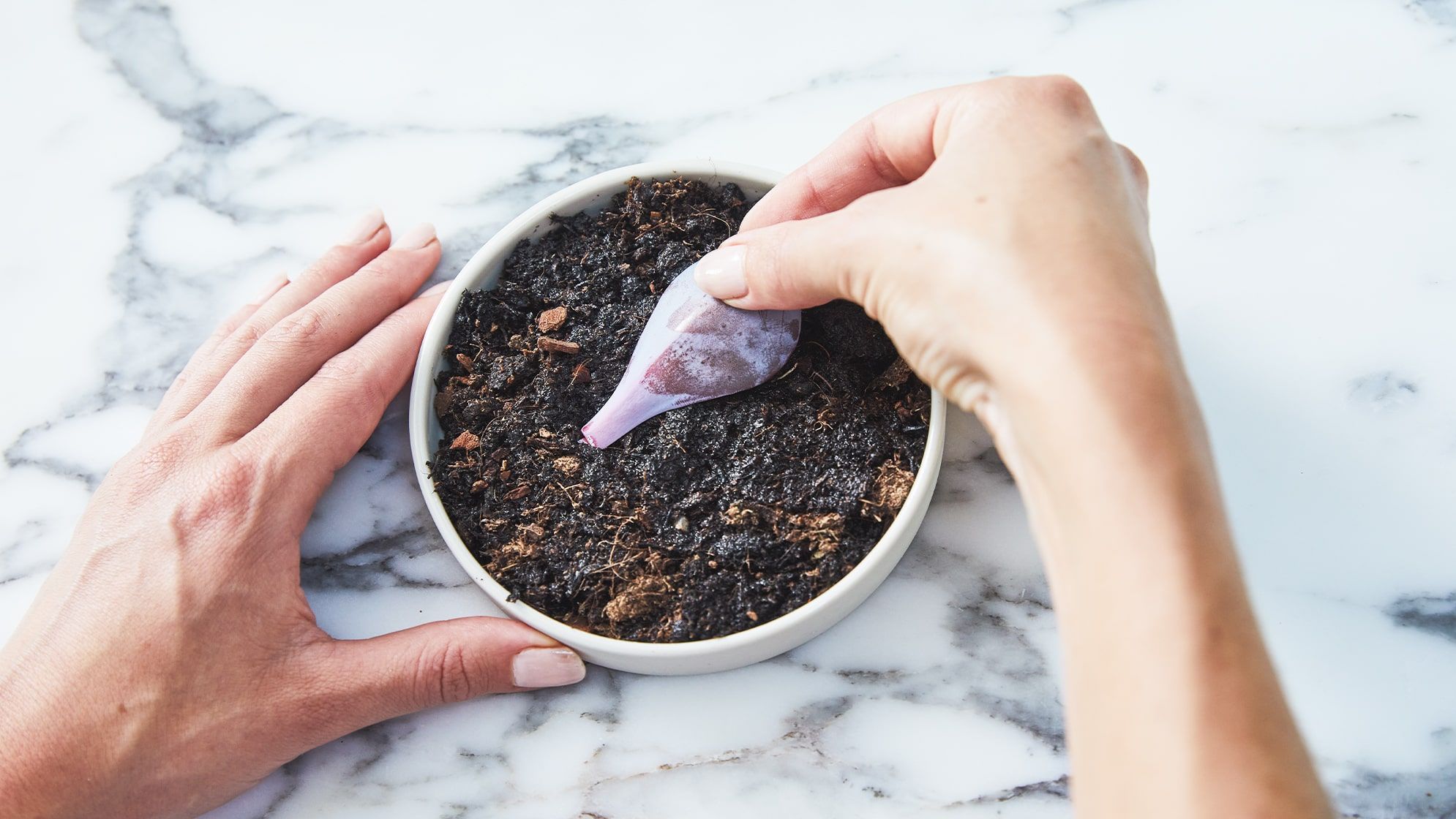
How to propagate houseplants
Making new plants is simple and fun
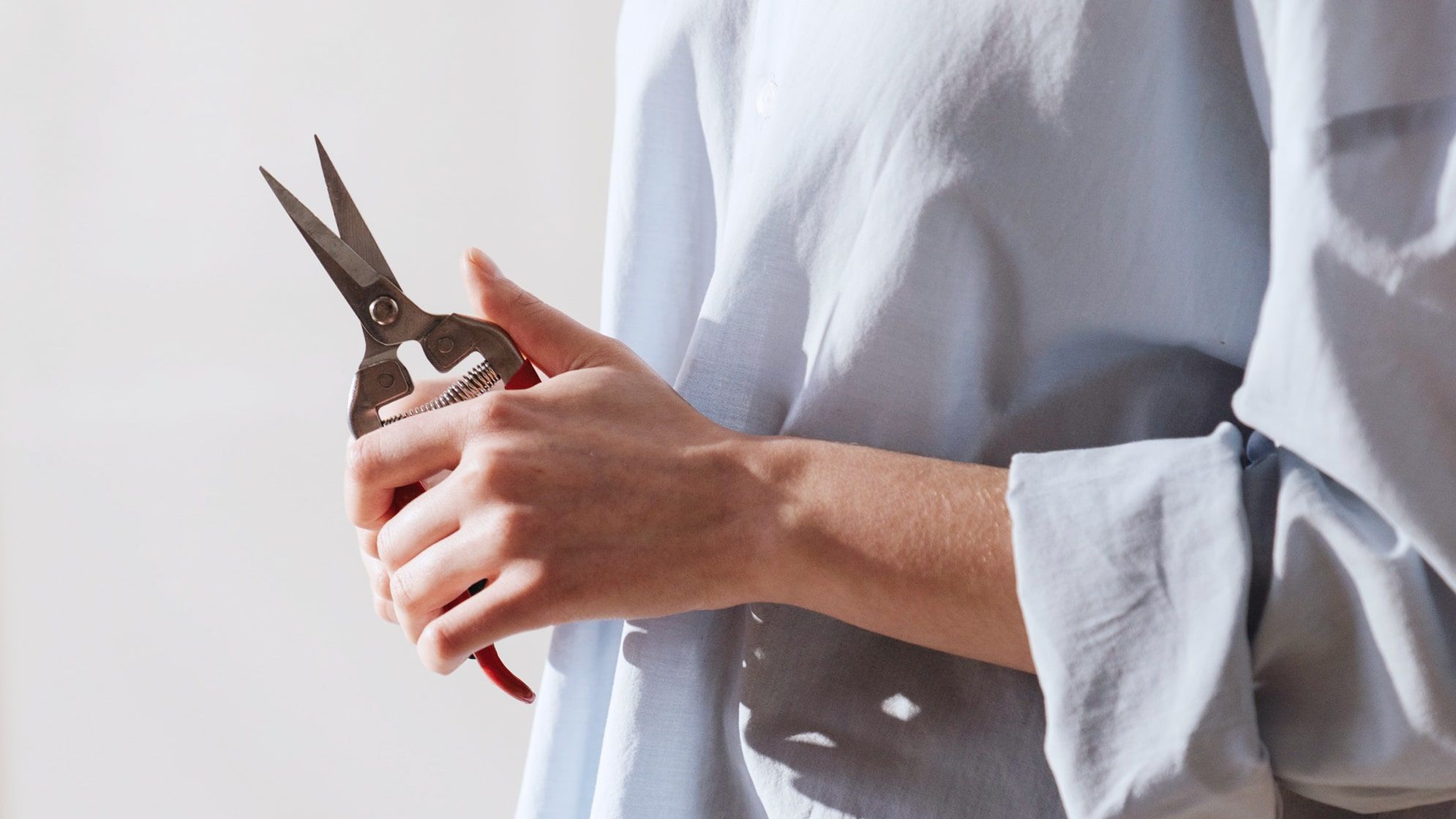
How do I deadhead my plants?
Remove old flowers to get new flowers
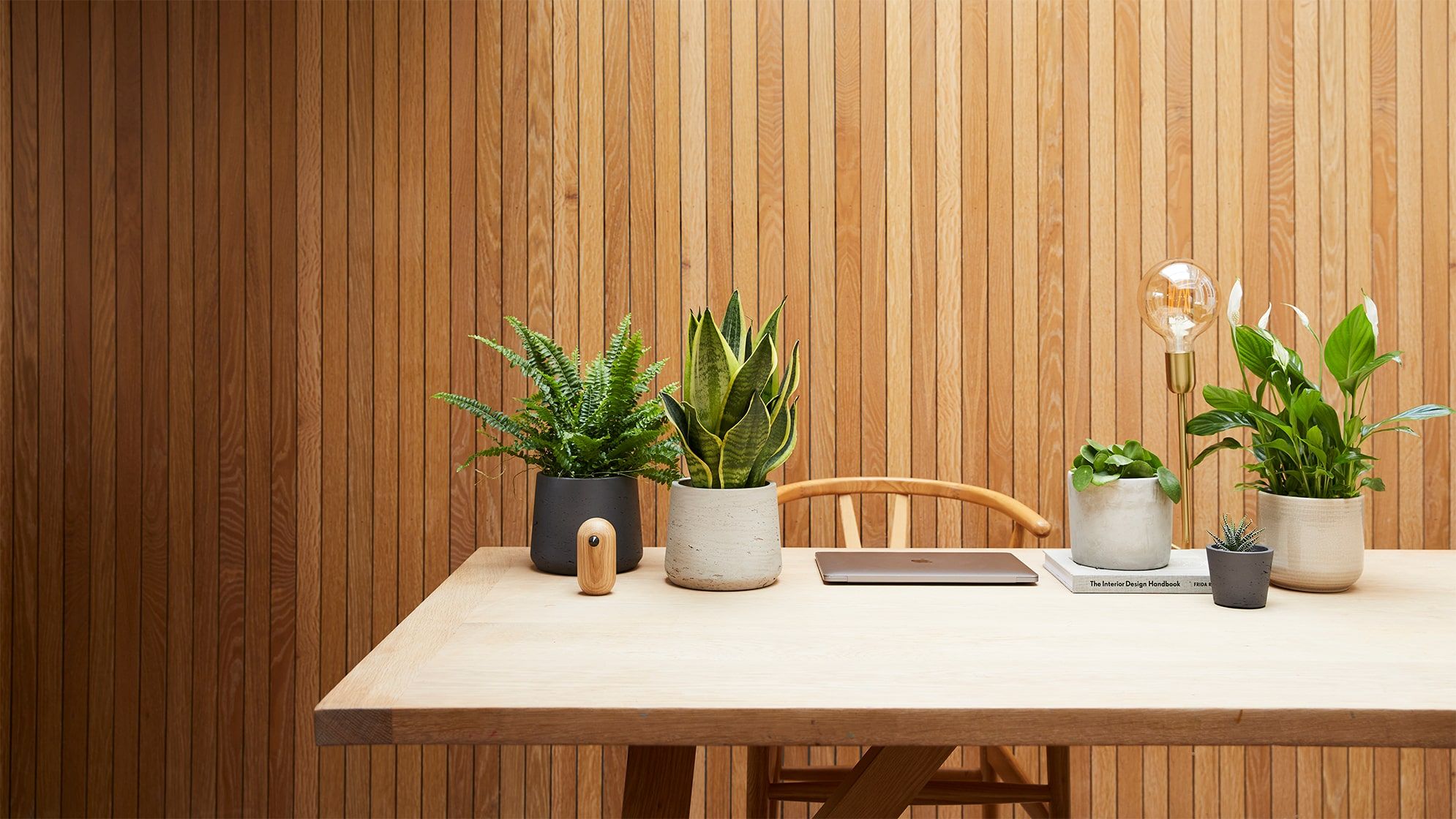
Improve your home office with plants
They make you work harder and happier
















